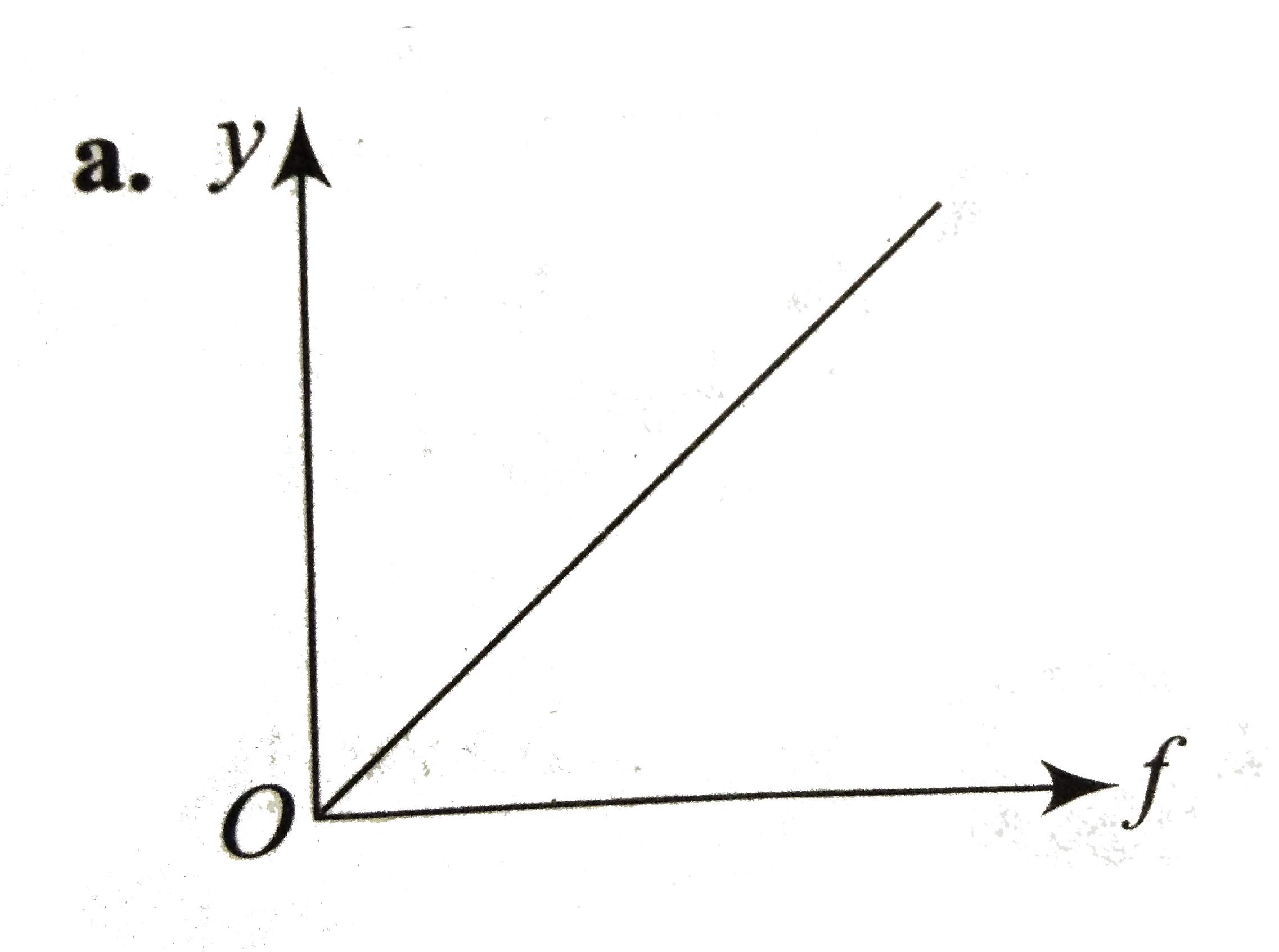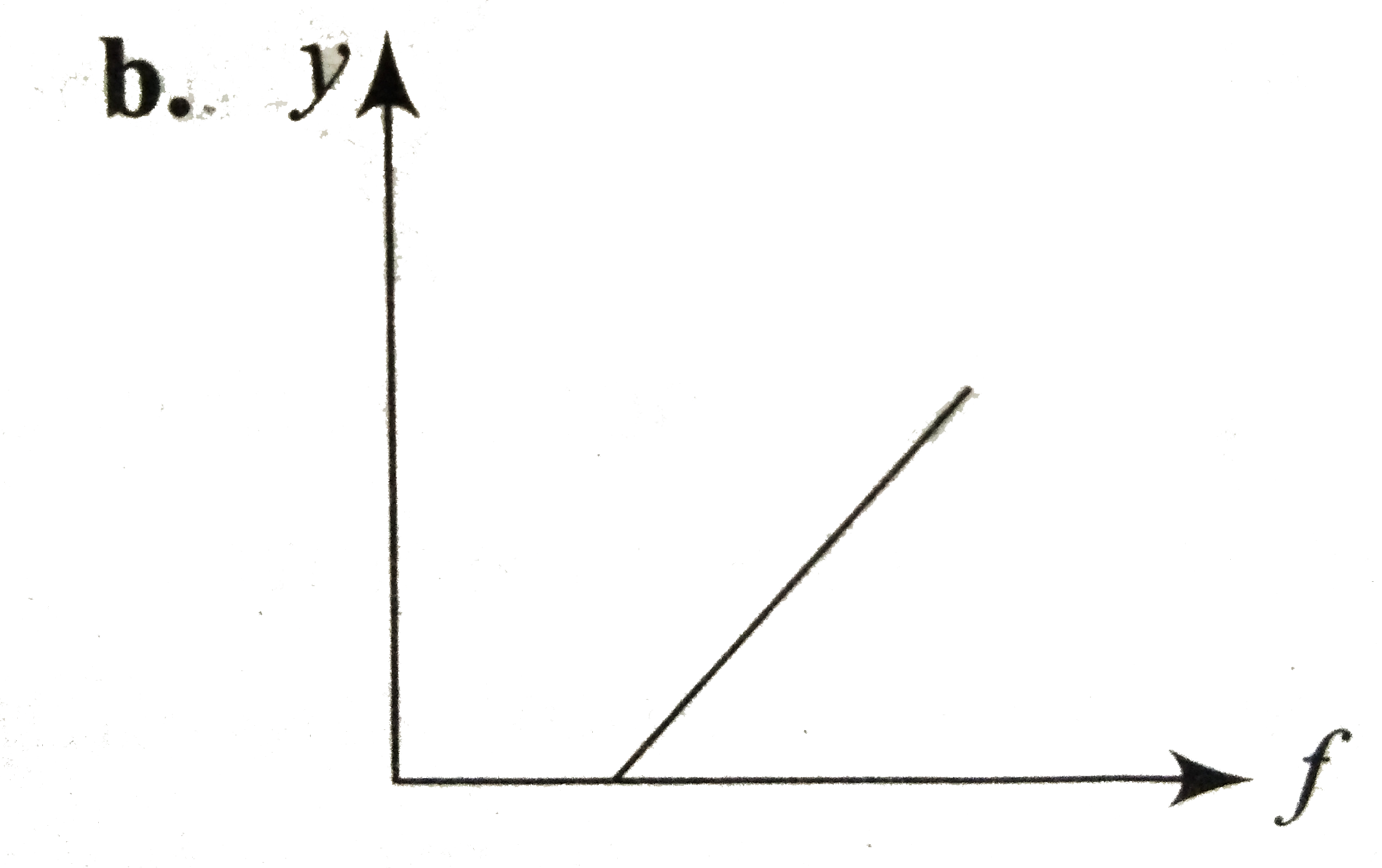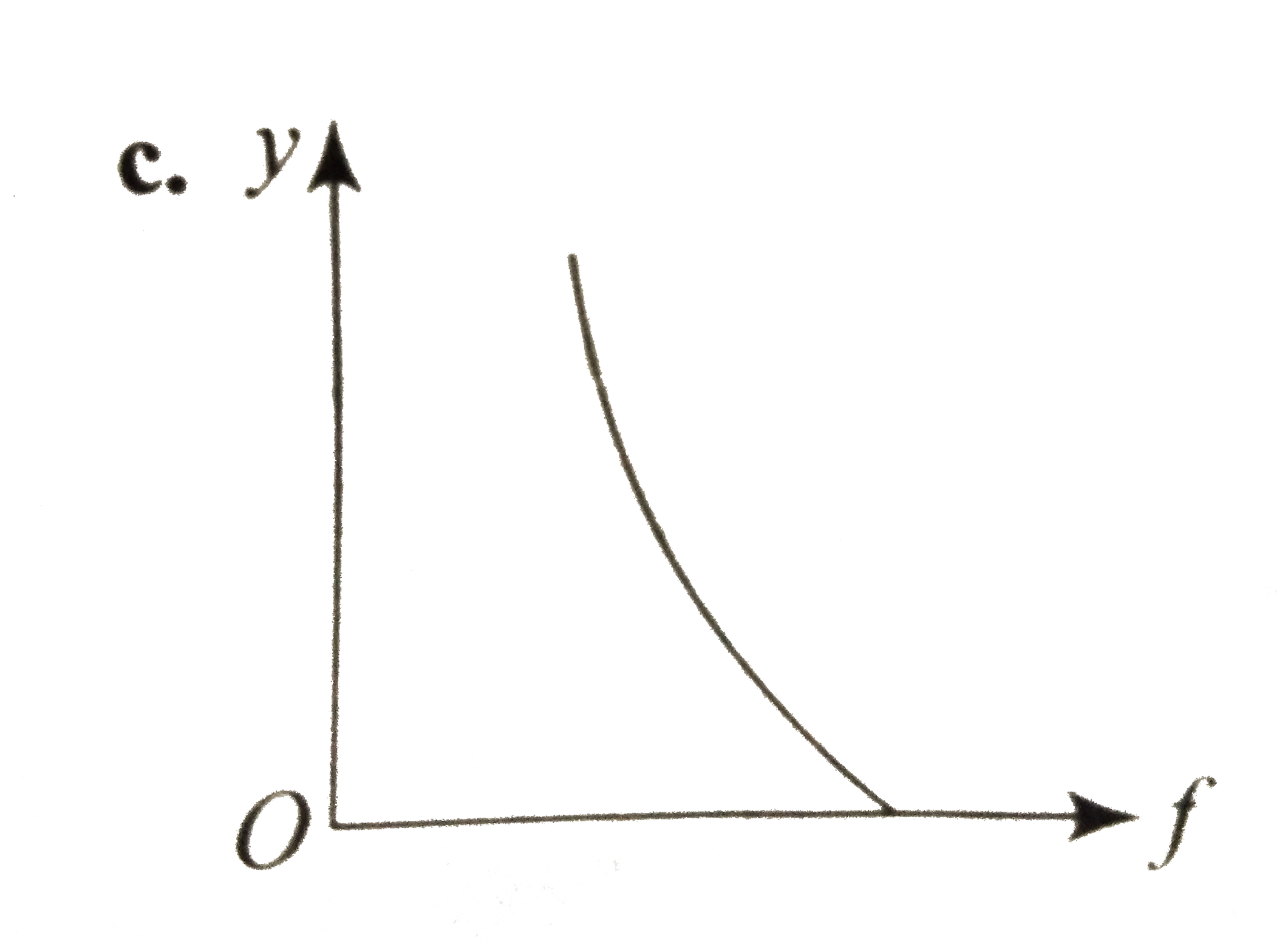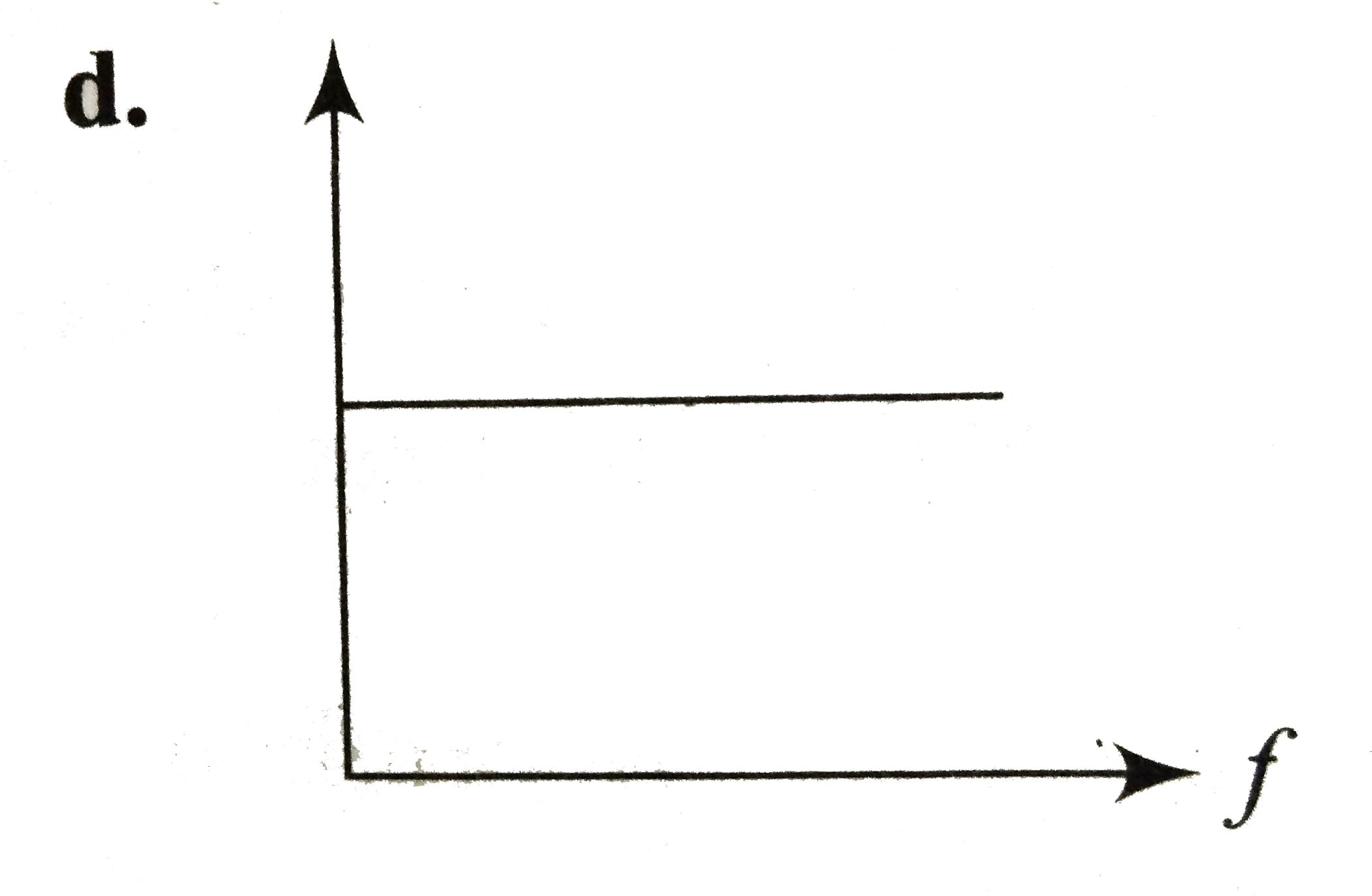A
B
C
D
Text Solution
AI Generated Solution
The correct Answer is:
|
Topper's Solved these Questions
PHOTOELECTRIC EFFECT
CENGAGE PHYSICS ENGLISH|Exercise Multiple Correct|10 VideosView PlaylistPHOTOELECTRIC EFFECT
CENGAGE PHYSICS ENGLISH|Exercise Linked Comprehension|44 VideosView PlaylistPHOTOELECTRIC EFFECT
CENGAGE PHYSICS ENGLISH|Exercise Subjective|16 VideosView PlaylistNUCLEAR PHYSICS
CENGAGE PHYSICS ENGLISH|Exercise ddp.5.5|14 VideosView PlaylistRAY OPTICS
CENGAGE PHYSICS ENGLISH|Exercise DPP 1.6|12 VideosView Playlist
Similar Questions
Explore conceptually related problems
CENGAGE PHYSICS ENGLISH-PHOTOELECTRIC EFFECT-Single Correct
- Electrons taveling at a velocity of 2.4xx10^(6) ms^(-1) enter a region...
03:47
|
Play - A surface irradiated with light of wavelength 480 nm gives out electro...
05:28
|
Play - In an experiment on the photoelectric effect, an evecuated photocell w...
02:39
|
Playing Now - A metal surface in an evacuated tube is illuminated with monochromatic...
03:27
|
Play - If stopping potentials corresponding to wavelengths 4000A and 4500A ar...
03:52
|
Play - The photoelectric threshold of a certain metal is 3000A. If the radiat...
01:51
|
Play - The frequency and the intensity of a beam of light falling on the surf...
04:56
|
Play - The frequency of incident light falling on a photosensitive metal plat...
02:02
|
Play - Two radiations of photons energies 1 eV and 2.5 eV, successively illum...
02:57
|
Play - A proton when accelerated through a potential difference of V volt has...
03:51
|
Play - Given that a photon of light of wavelength 10,000A has an energy equal...
02:21
|
Play - In the previous question, if the intensity of light is made 4I0, then ...
01:53
|
Play - if the intensity of light is made 4I0, then the saturation current wil...
01:52
|
Play - if the cathode and the anode are kept at the same potential, the emitt...
02:21
|
Play - if the wavelength is chaged from4000A. to 3000A, then stopping potenti...
04:48
|
Play - A light source is at a distance d from a photoelectric cell, then the ...
02:50
|
Play - If 5% of the energy supplied to a bulb is irradiated as visible light,...
01:47
|
Play - Which of following graphs correctly represents the variation of partic...
02:24
|
Play - Five volt of stopping potential is needed for the photoelectrons emitt...
01:56
|
Play - The work function for tungsten and sodium are 4.5 eV and 2.3 eV respec...
01:55
|
Play



